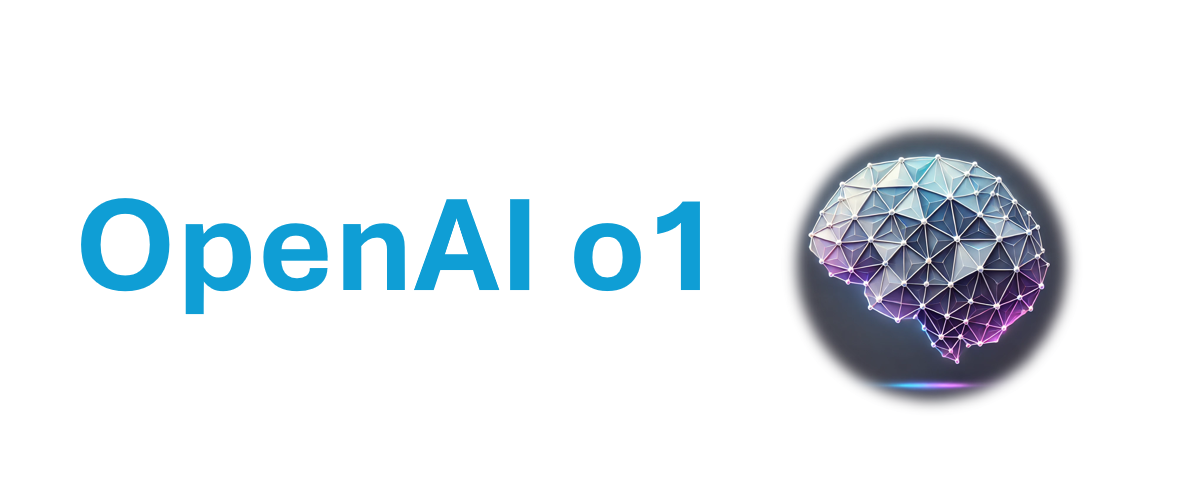Introducing OpenAI o1-preview: A New Era in Complex Reasoning
Table of Contents
Introduction
On September 12, 2024, OpenAI introduced its latest AI model series—OpenAI o1, featuring o1-preview and o1-mini. This new series represents a significant leap in AI capabilities, particularly for complex reasoning tasks, making it a powerful tool for developers, researchers, and STEM professionals.
The o1-preview model is designed to solve harder problems in areas like science, coding, and mathematics by simulating how humans think through difficult tasks. Alongside the o1-mini, a faster and more cost-effective variant, the OpenAI o1 series is now available for use in ChatGPT Plus, Team, and API platforms.

Key Features
Advanced Reasoning Capabilities
The hallmark of the OpenAI o1-preview model is its ability to spend more time “thinking” before responding. During its training, the model learned to:
- Refine its problem-solving process.
- Test different strategies.
- Recognize and correct mistakes.
This refined reasoning enables o1-preview to excel in complex tasks like quantum optics formulas and genome sequencing annotations. It scored 83% on the International Mathematics Olympiad qualifying exam, compared to only 13% for GPT-4o, and performed exceptionally well in competitive coding environments like Codeforces.
OpenAI o1-mini
While o1-preview shines in high-level problem-solving, o1-mini offers an efficient, cost-effective alternative for coding and other tasks requiring less world knowledge. It is:
- 80% cheaper than o1-preview.
- Three times faster in tasks such as code generation and debugging.
- Particularly effective for developers working on code-intensive projects.
Safety Improvements
A key advancement in the OpenAI o1 series is the focus on safety and alignment. The model’s enhanced reasoning abilities allow it to apply safety rules more effectively. In tests, o1-preview outperformed previous models, scoring 84 out of 100 in rigorous safety evaluations, where GPT-4o managed only 22.
OpenAI has strengthened its safety protocols by collaborating with federal AI safety institutes in the U.S. and U.K., and conducting extensive red teaming and board-level safety reviews. This ensures that the o1 series not only performs well but also adheres to ethical guidelines.
Use Cases
The o1-preview model’s capabilities make it an excellent tool for solving problems in areas that require deep reasoning. For instance:
- Healthcare: Researchers can annotate and interpret cell sequencing data with unprecedented accuracy.
- Physics: The model can assist physicists in generating complex mathematical models for advanced quantum research.
- Coding: Developers across industries can leverage o1-preview’s coding abilities to build and execute multi-step workflows in real-time.
The o1-mini model is a great fit for tasks that require fast and accurate code generation at a lower cost, such as competitive programming or developing complex algorithms in software development.
Limitations
While the o1-preview model excels in reasoning, it currently lacks some features present in earlier models like GPT-4o, including:
- Web browsing.
- File and image uploads.
Additionally, the rate limits for o1-preview are set at 50 queries per week, which may pose challenges for users needing more frequent access.
Pricing
The pricing for OpenAI o1-preview and o1-mini reflects their capabilities:
- o1-preview: $15 per 1M input tokens and $60 per 1M output tokens.
- o1-mini: $3 per 1M input tokens and $12 per 1M output tokens.
This makes o1-mini five times cheaper than o1-preview, offering a cost-effective solution for developers focused on coding tasks.
What’s Next?
The OpenAI o1 series is still in its preview phase, with future updates expected to bring additional features like:
- Web browsing.
- File and image uploads.
- Enhanced general knowledge capabilities.
As OpenAI continues to refine the model, it is poised to expand into other areas of artificial intelligence, pushing the boundaries of what AI can accomplish.
Conclusion
OpenAI o1-preview marks a significant milestone in the development of AI, particularly for solving complex problems in STEM fields. With its deep reasoning capabilities, enhanced safety protocols, and the cost-efficient o1-mini model, this new series offers exciting possibilities for professionals in science, coding, and mathematics. As OpenAI continues to evolve this model, the potential applications for advanced reasoning in AI are limitless.
Stay tuned for future updates that will further enhance its usability and performance in both ChatGPT and API environments.